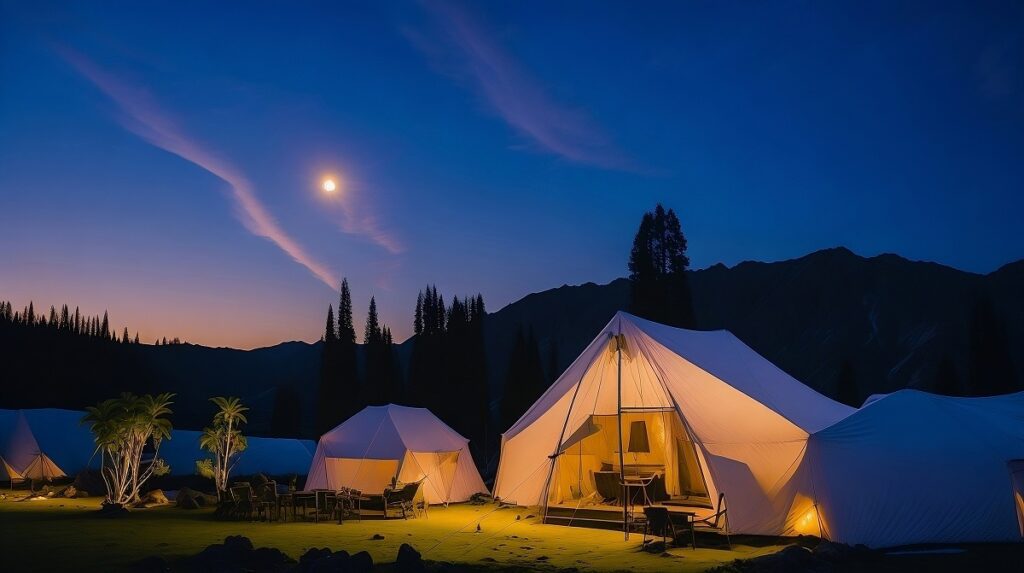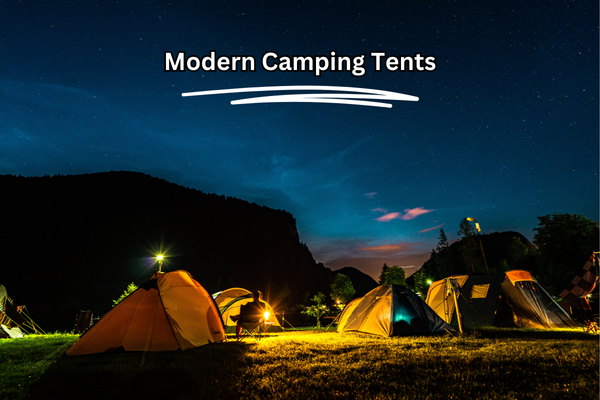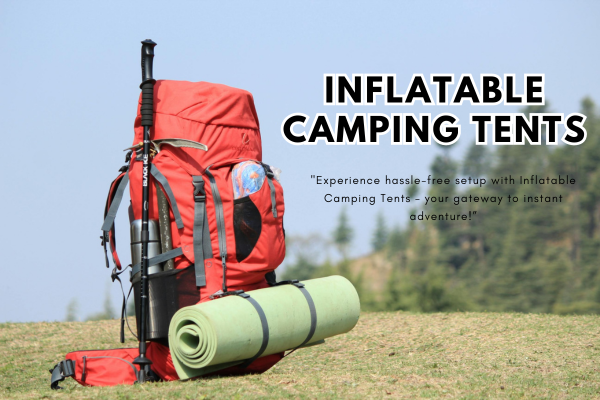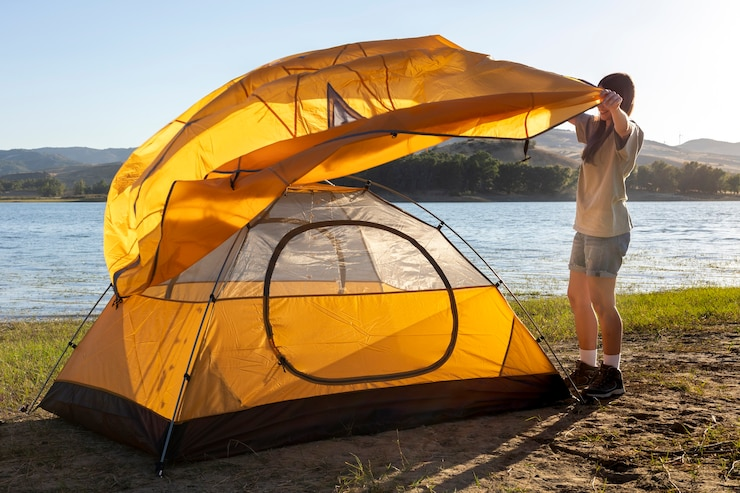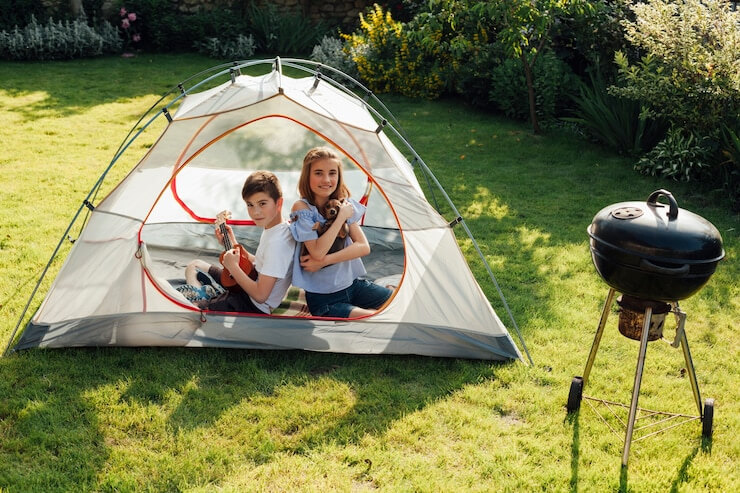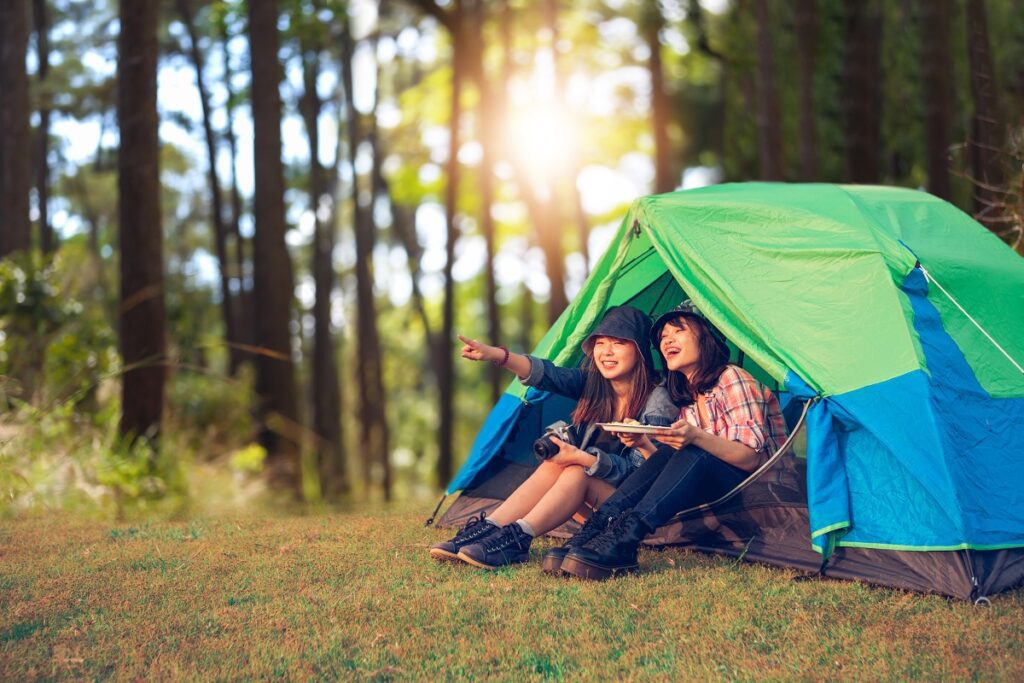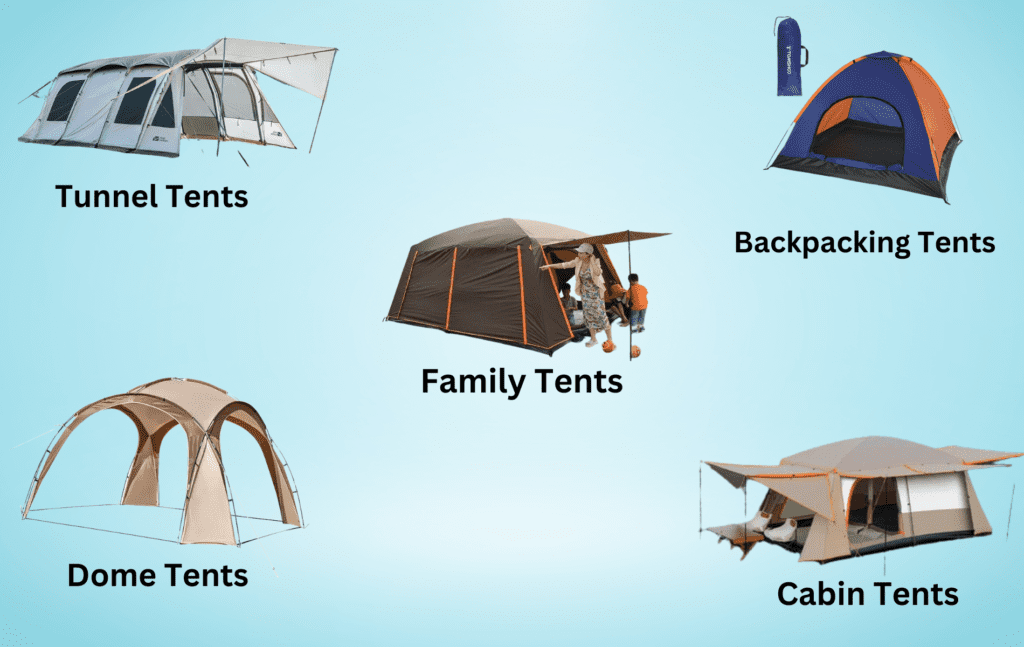Key Tips to Know Before Camping in Pods
Ahad
/ October 9, 2024
Introduction to Camping Pods
Camping pods are small, cabin-like structures designed to give campers the comfort of a cozy shelter while still being immersed in nature. Unlike traditional tents, pods provide better weather protection and more security, making them an excellent choice for those seeking a more refined outdoor experience.
What Are Camping Pods?
Camping pods are typically built with wood or eco-friendly materials, shaped like a small hut or dome. They are insulated, often furnished with basic amenities like beds, and can even come with electricity, heating, and private bathrooms in more luxurious setups.
Why Camping Pods Are Becoming Popular
In recent years, the appeal of camping pods has skyrocketed. The desire for a more comfortable camping experience, often called “glamping” (a blend of glamour and camping), has contributed to their popularity. Many people love the idea of enjoying the great outdoors without sacrificing comfort.

Benefits of Camping Pods
Comfort and Convenience
One of the main reasons people choose camping pods is the comfort they provide. Unlike traditional tents, pods have solid walls that protect against harsh weather conditions like rain and wind. You can even lock the door at night, giving you an extra sense of security.
Weather Protection
Camping pods are designed to withstand a variety of weather conditions, making them perfect for year-round camping. They stay warm during cold seasons and cool during the summer, unlike tents that may not offer consistent temperature control.
Sustainable Camping Solutions
Many camping pods are built with sustainability in mind, using eco-friendly materials and energy-efficient designs. Some pods are even designed to be completely off-grid, using solar power for electricity.
Types of Camping Pods
Basic Camping Pods
Basic camping pods are the simplest version available. They usually come with minimal furnishings, such as a bed and basic lighting, and are perfect for those who want a step up from tent camping but don’t need luxury amenities.
Luxury Camping Pods
Luxury camping pods take glamping to the next level. These often come with a full range of amenities, including electricity, heating, a private bathroom, and sometimes even hot tubs. These are ideal for those who want a five-star experience while still being in nature.

Family-Sized Camping Pods
For larger groups or families, family-sized pods are available. These are larger and often come with multiple sleeping areas to accommodate more people, making them a great choice for family camping trips.
Key Tips to Know Before Camping in Pods
Camping in pods is a fantastic way to enjoy the outdoors with extra comfort. Whether you’re new to it or looking for a refresher, here are some major tips to enhance your experience.
Choose the Right Location
Pick a pod location that suits your preference—whether it’s a serene forest or near hiking trails. Consider proximity to amenities like restrooms or parking.
Pack Smart
Though pods offer more comfort than tents, you still need essentials. Bring warm clothes, extra blankets, and personal comfort items like pillows.
Check Amenities
Some pods offer electricity, heating, and bathrooms, while others are more basic. Confirm what’s included to avoid surprises.
Plan for Weather
Be prepared for changes in weather by packing appropriate clothing. Pods are insulated but still require good weather gear.
Think About Food
Decide if you’ll cook or eat out. If you’re cooking, pack portable stoves or grills, and the necessary utensils.
Add Extra Comfort
Bring bedding, portable chairs, and lighting to make your pod even cozier, especially if you plan to spend time outside.
Respect Nature
Follow the “Leave No Trace” rule. Clean up after yourself and minimize your environmental impact.
Be Ready for All Seasons
Pods are suitable for year-round use. Pack accordingly for summer or winter, depending on when you go.
Make It Social
Pods are great for family trips or group camping. Many campsites offer pod clusters so you can camp with friends or family.
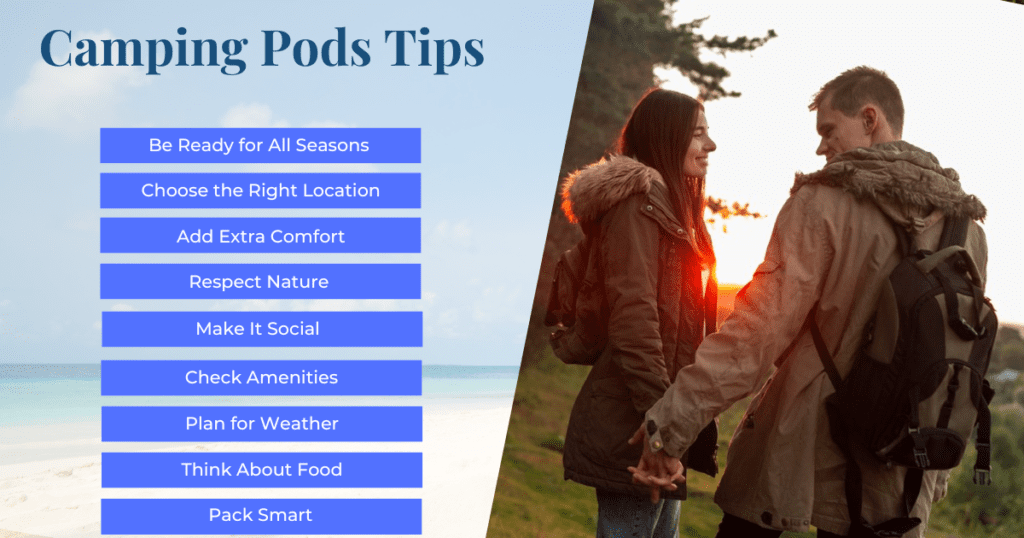
DIY Glamping Tents: An Alternative to Camping Pods
If you’re looking for a budget-friendly glamping option, consider creating your own DIY glamping tent.
What Is a Glamping Tent?
A glamping tent is a more upscale version of a traditional camping tent, often decorated with comfortable furnishings like plush bedding, fairy lights, and even rugs. It offers a cozy and Instagram-worthy camping experience.
How to Build Your Own Glamping Tent
Building a DIY glamping tent doesn’t have to be complicated. Start with a spacious tent (like a bell tent or canvas tent), add a comfortable air mattress or cot, string up some battery-powered fairy lights, and bring in cozy blankets and pillows.
Essential Supplies for a DIY Glamping Tent
Some key items to consider for your DIY glamping tent include:
- A large, weatherproof tent
- A comfortable air mattress
- Cozy bedding and blankets
- Battery-powered lights
- Decorative items like rugs and pillows
For more on choosing the right tent, check out our guide on how to choose the perfect camping tent.
How to Choose the Right Camping Pod
Budget Considerations
When selecting a camping pod, consider your budget. Basic pods are more affordable, while luxury options can be more costly.
Location and Accessibility
Choose a pod location that suits your adventure plans. Some are located deep in nature reserves, while others are closer to tourist attractions or coastal areas.
Conclusion
Camping pods offer a fantastic way to enjoy the outdoors without compromising on comfort. Whether you’re looking for a luxury glamping experience or a family-friendly retreat, camping pods provide the perfect blend of nature and convenience. If you’re not ready to commit to a pod, try your hand at building your own DIY glamping tent for a memorable and cozy camping adventure.






